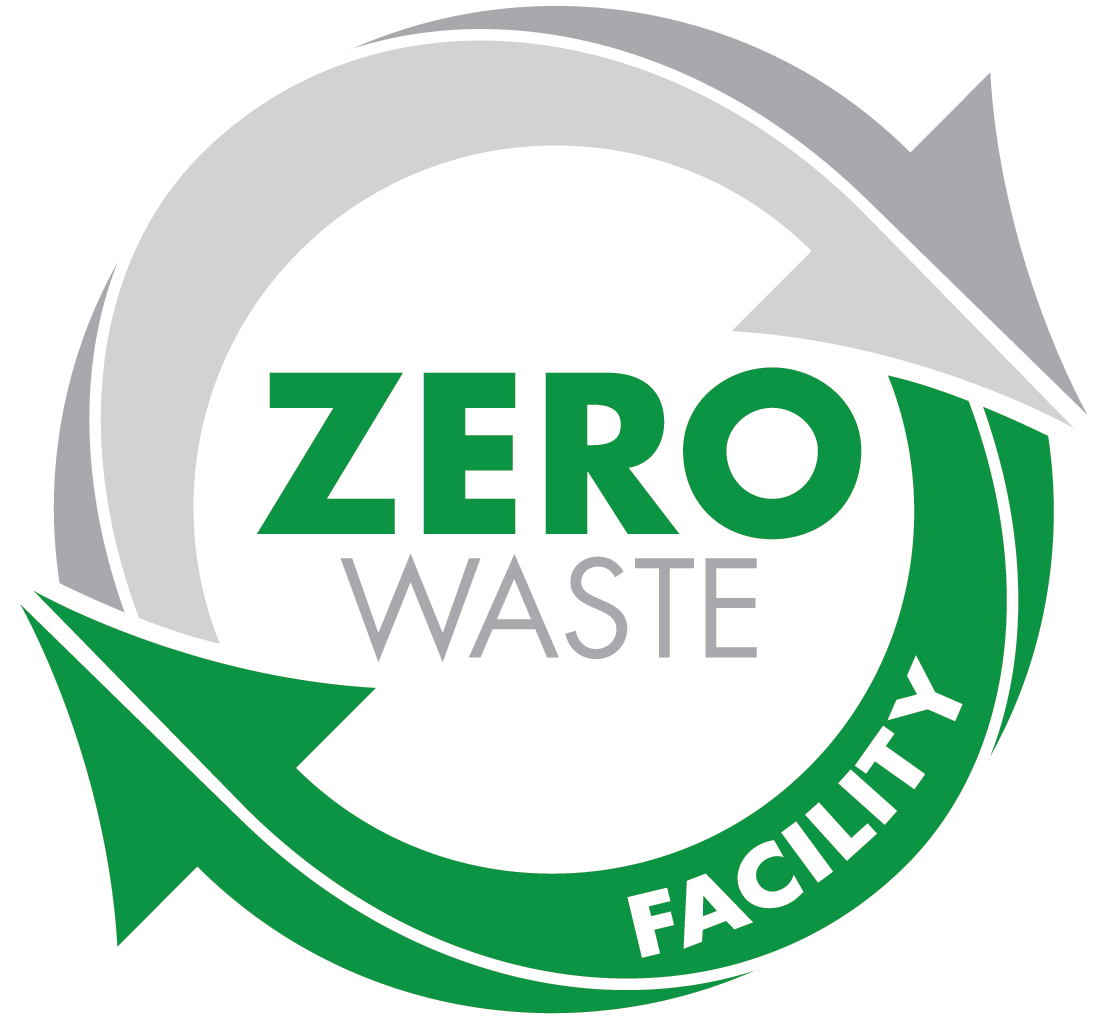Blog
Printed circuit board assembly of flexible boards has been a pipe dream for a very long time. Though much of the attention comes from and ends up in the consumer space of electronics, flexible boards offer the same, if not greater, potential benefits.
Flexible PCB assembly has thus far been stultified by a number of factors: substrates and board materials that are so limited in their bendability that it may as well not be; laying traces which will function reliably if the board is flexed is a challenge and; since the technology is so rarified, uptake is low and board users prefer to steer to more tried and true methods of PCB assembly.
PCB assembly is all set to offer a whole new set of variables with flexible boards. And customers will be the ones to reap the benefits.
But with new manufacturing techniques such as 3D printing, new materials incoming in PCB assembly permitting flexible board design, trace laying and component placement, flexible boards are slowly starting to gain traction.
In lay terms, when one thinks of flexible PCBs, the mind immediately conjures up an image of a PCB capable of being flexed and changing shape. The reality actually is somewhat different. Flexible boards mean boards that are indeed ‘curved’ but not such that they are undergoing constant deviation from an initial shape.
There are a number of benefits that can be envisaged. PCB assembly can make unique designs per the requirement of the client, which will yield significant packaging benefits. Unlike a flat board, a flex board can be accommodated in a much smaller space. In fact, not being constrained by the shape of the board, the application itself can be designed differently.
A flexible board is also lighter than ordinary PCBs, which is an important attribute if the application itself is small. Moreover, flexible PCBs are more resilient to shock and vibration, given the natural deflection they possess. PCB assembly is surely on the cusp of some major board trends.






